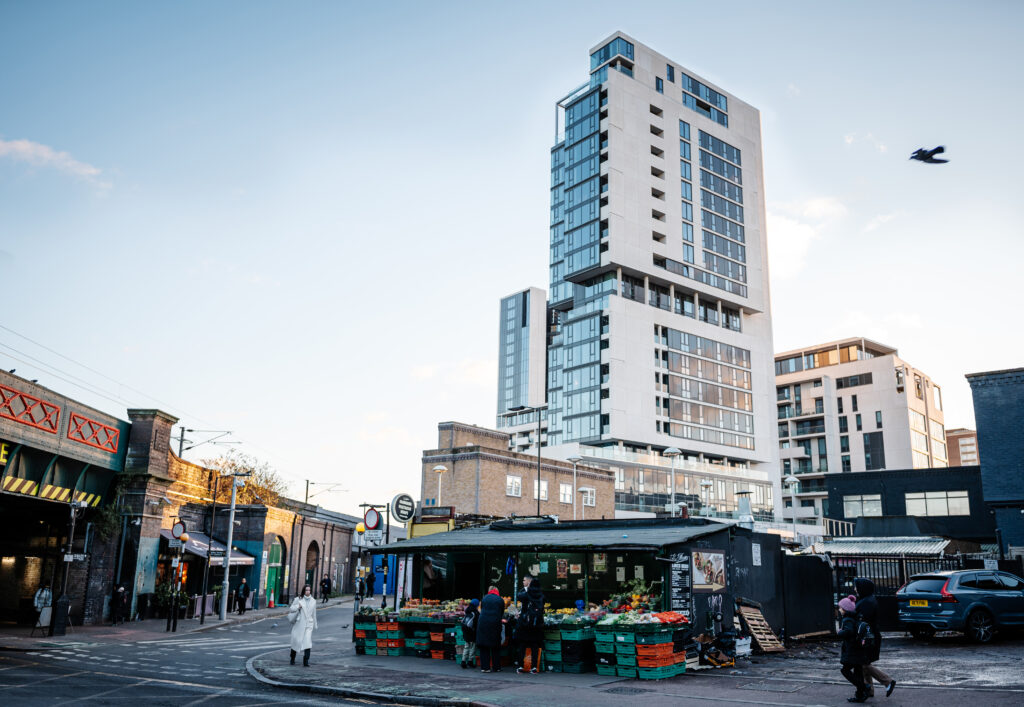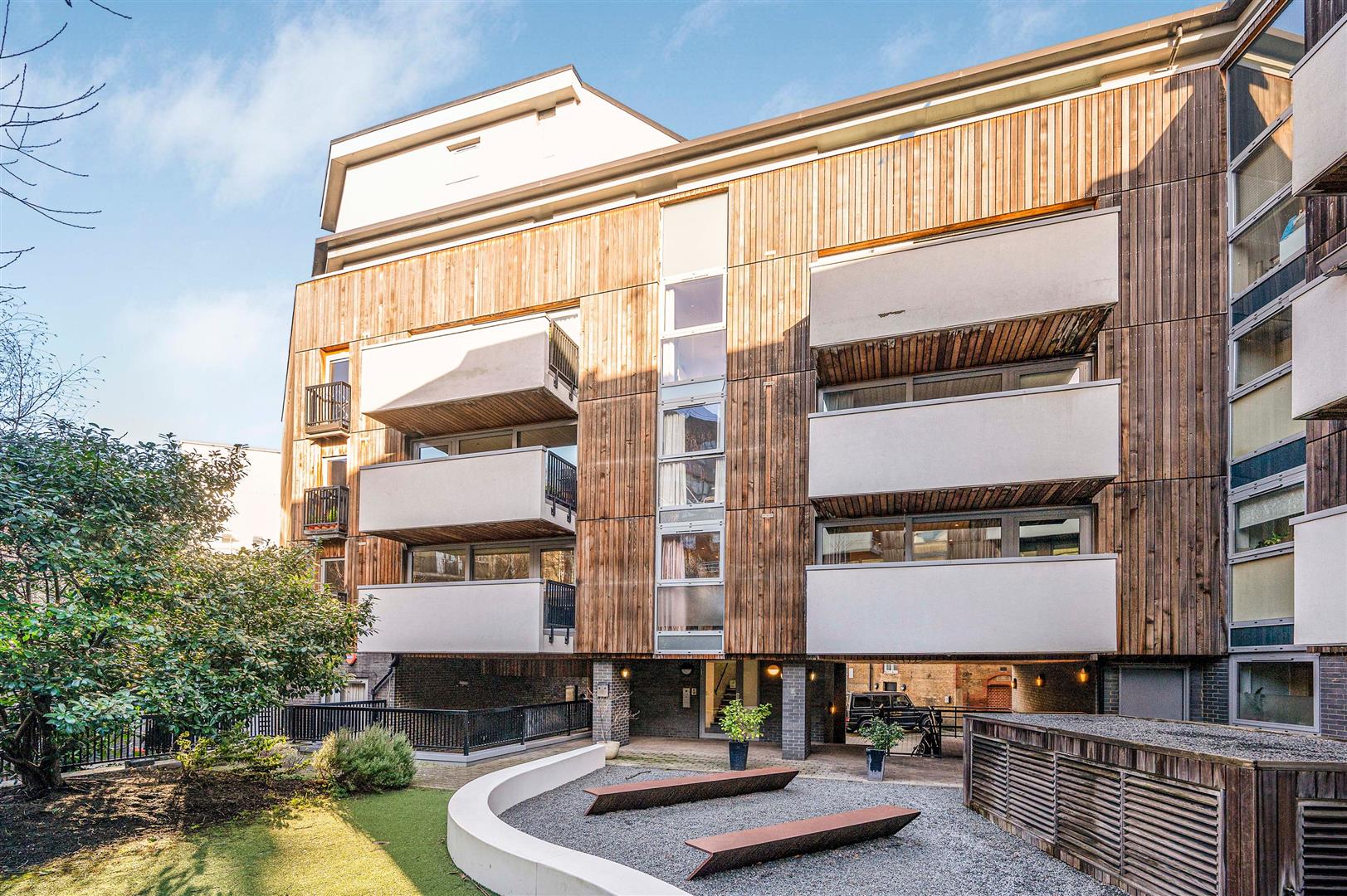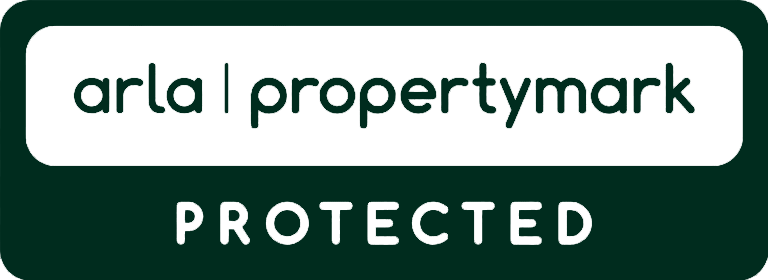What Is a Reserve Fund and Why Should You Care?
Reserve Funds Protect Your Building and Your Wallet
If you’ve ever heard the term “reserve fund” or “sinking fund” mentioned in block management meetings or on your service charge statement and found your eyes glazing over, you’re not alone. But this bit of block management jargon is actually one of the most important concepts every resident should understand. So, here’s a plain English breakdown of what it is, why it matters, and what you need to know.
What is a Reserve Fund?
A reserve fund (also known as a sinking fund) is a dedicated pot of money that your building’s management company puts aside over time. Think of it as a rainy-day fund; it’s there to cover big, occasional costs that don’t crop up every year.
We’re talking about major jobs like:
- Repainting the building exterior
- Replacing windows or the roof
- Upgrading lifts or intercom systems
- Fixing structural issues or boundary fencing
It’s all about financial forward planning, making sure there’s money in the bank to cover expensive maintenance without handing flat owners a sudden, eye watering bill.

Why Do We Need a Reserve Fund?
Major maintenance costs will inevitably arise in any building. Without a reserve fund, the management team often turns to leaseholders for sudden, significant contributions, sometimes amounting to thousands. However, a well-managed reserve fund helps avoid those unpleasant surprises. For example, if a storm knocks down your perimeter fence or the lift fails after years of use, the building already has funds set aside to cover the repair and deal with it swiftly, without drama.
How is a Reserve Fund Built Up?
Most buildings collect reserve fund contributions annually through service charges, so everyone contributes a manageable amount over time. But here’s the legal catch: the lease must include a clause that allows for a reserve fund. If it doesn’t, the management company needs written consent from leaseholders to collect one—and technically, leaseholders can request that money back at any time, which creates uncertainty.
The best solution?
Amend the lease with full agreement from all parties to formally allow a reserve fund. This protects the fund and secures it for future use. Also important: reserve funds must be held in trust (thanks to Section 42 of the Landlord and Tenant Act 1987), kept separate from your everyday maintenance kitty, and – if they earn interest – that income belongs to the leaseholders.
How Much Should Be in the Pot?
There’s no one-size-fits-all answer. The right amount depends on:
- The size and age of your block
- How many flats there are
- What facilities the building has (lifts, gardens, car parks)
- Your building’s materials and design
- Local weather and wear-and-tear
A qualified surveyor typically creates a long-term maintenance plan to predict major future costs. The plan breaks down the total cost year by year and assigns each leaseholder an equal share to build the annual reserve fund target. Reviewing and adjusting the plan each year is essential, as costs shift, inflation rises, and building needs change over time.

Transparency is Key
We believe in open books. Your reserve fund should never be a mystery.
You deserve to know:
- Where your money is held
- How much is in the fund
- What it’s being saved for
- When it’s going to be spent
Reserve funds are for the building’s upkeep only – not for turning a profit, and definitely not for anything unconnected to your block.
Still Feeling Baffled? We’re Here to Help
Block management can feel like a financial and legal minefield, but it doesn’t have to be. A well-managed reserve fund is a sign of a healthy building and a proactive management team.
Need help getting it right? Whether you’re concerned about how your fund is managed or want to build one from scratch, we’re happy to offer guidance. Drop us a line; no jargon, no judgment, just solid advice.
Contact us:
Brompton Block Management, 85 Stroud Green Road, London, N4 3EG
Article & images by Barefaced Studios
You might also want to read other useful blog articles by clicking here.
_________________________________________________________________________
Please note that all content contained within our website is for informational purposes only. You should not construe any such information or other material as legal, tax, investment, financial, or other advice. All Content on this site is information of a general nature and does not address the circumstances of any particular individual or entity. We advise seeking professional advice from a legal, financial, or other professional.

 The Essential Maintenance Checklist Every Flat Owner Needs
The Essential Maintenance Checklist Every Flat Owner Needs  The Dirty Little Secrets of ‘Cheap’ Block Management
The Dirty Little Secrets of ‘Cheap’ Block Management 
